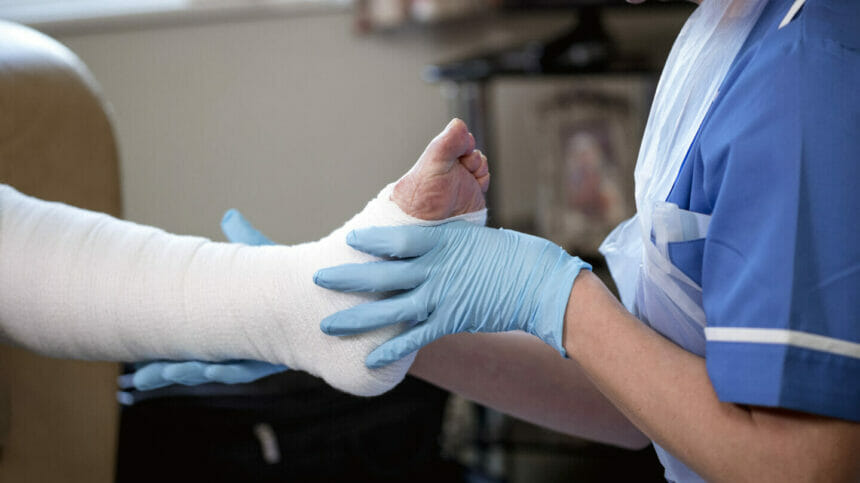
A newly released guideline from the American Heart Association and the American College of Cardiology gives clinicians details on how to treat people with lower extremity peripheral artery disease (PAD).
The guideline was published Tuesday in Circulation, and includes goals to boost awareness, detection and treatment of the disease.
PAD is caused by accumulation of fatty plaque in blood vessels, a condition known as atherosclerosis. Over time, the plaque narrows the blood vessels and lowers blood flow to the legs and feet, which can have a negative impact on mobility.
About 10 million to 12 million adults over the age of 40 in the US have PAD, which raises their risk for heart attack, stroke, amputation and death. Among people over the age of 65, almost 50% who had limbs amputated died within a year of the surgery. Type 1 and 2 diabetes, high cholesterol, high blood pressure, chronic kidney disease, atherosclerosis and being over age 75 are all risk factors for PAD.
“Because of the complexities of PAD, to improve outcomes and reduce the risk of limb loss for these patients, a multispecialty care team approach that is focused on comprehensively addressing risk factor management, foot care and revascularization is needed to promote collaboration, avoid duplication of care and optimize patient outcomes,” Heather Gornik, MD, who led the committee writing the guideline, said in a statement. Gornik is also the co-director of the Vascular Center at the University Hospitals Harrington Heart & Vascular Institute and a professor of medicine at Case Western Reserve University School of Medicine, both in Cleveland, OH.
The guideline states that a multispecialty care team approach with expertise in risk factor management can improve outcomes. This should include medical therapies, wound and foot care, and endovascular and surgical revascularization procedures, the guideline stated.
Foot care is important for people with PAD, so the guideline calls for education, preventive foot care, more intensive wound care, and pressure off-loading to minimize amputation in patients with severe PAD.
People with PAD should receive interventions to stop smoking if they do smoke, and also receive exercise therapy, the guideline states.
Disparities exist around PAD, including those from underserved areas. In the US, Black adults have a nearly 30% lifetime risk of developing PAD compared to 19% in white adults.
“Racial and ethnic disparities in the detection, management and health outcomes of PAD have long been present in the US and are an important public health issue to be addressed,” Gornik added.




